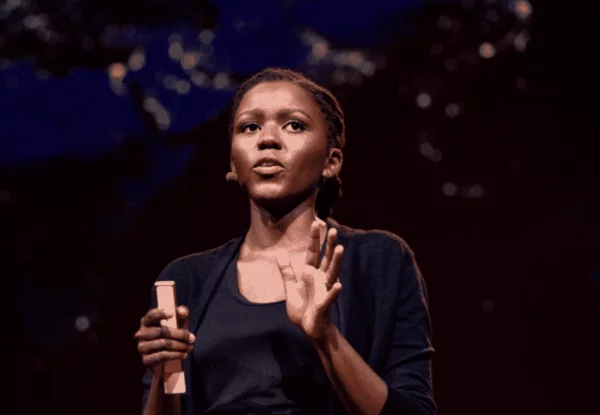By Tshiamo Mobe, Global Citizen
Climate change is an issue that affects everyone on the planet but women and girls are the ones suffering its effects the most. Why? Because women and girls have less access to quality education and later, job opportunities. These structural disadvantages keep them in poverty. In fact, women make up 70% of the world’s poor. In a nutshell, climate change impacts the poor the most and the poor are mostly women.
Poverty is driven by and made worse by climate change also makes girls more susceptible to child marriage, because it drives hunger and girls getting married often means one less mouth to feed for their parents. Climate change also leads to geopolitical instability which, in turn, results in greater instances of violence — which we know disproportionately impacts women and girls.
Ironically, saving the planet has been made to seem a “women’s job”. This phenomenon, dubbed the “eco gender gap”, sees the burden of climate responsibility placed squarely on women’s shoulders through “green” campaigns and products that are overwhelmingly marketed to women.
There are several hypotheses for why this is. Firstly, women are the more powerful consumers (they drive 70-80% of all purchasing decisions). Secondly, they are disproportionately responsible, still, for the domestic sphere. And finally, going green is seen as a women’s job because women’s personalities are supposedly more nurturing and socially responsible.
Women should be involved in fighting the climate crisis at every level — from the kitchen to the science lab to the boardroom. Ruth Bader Ginsburg explained it best when she said: “Women belong in all places where decisions are being made.” However, women are underrepresented in the science field (including climate science), with just 30% of research positions held by women and fewer still holding senior positions. The Reuters Hot List of 1,000 scientists features just 122 women.
Click here to read the full article on Global Citizen.



